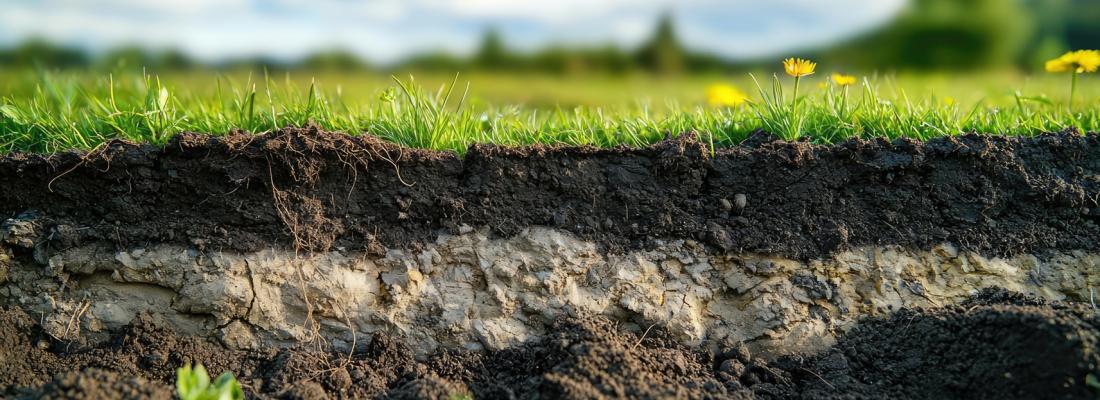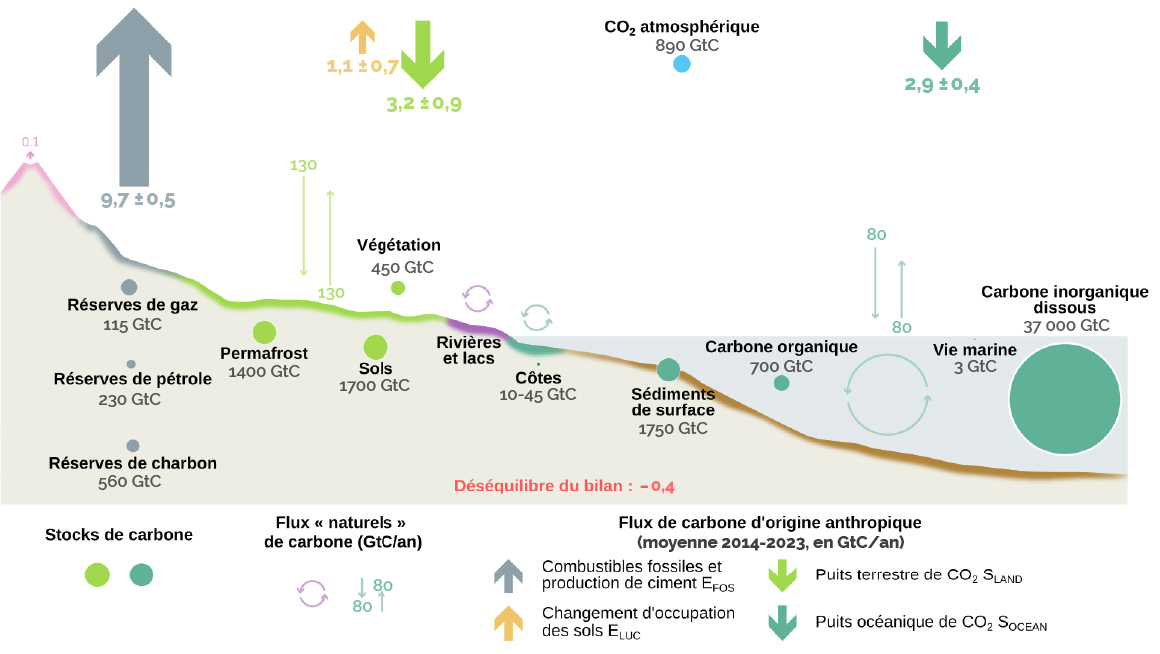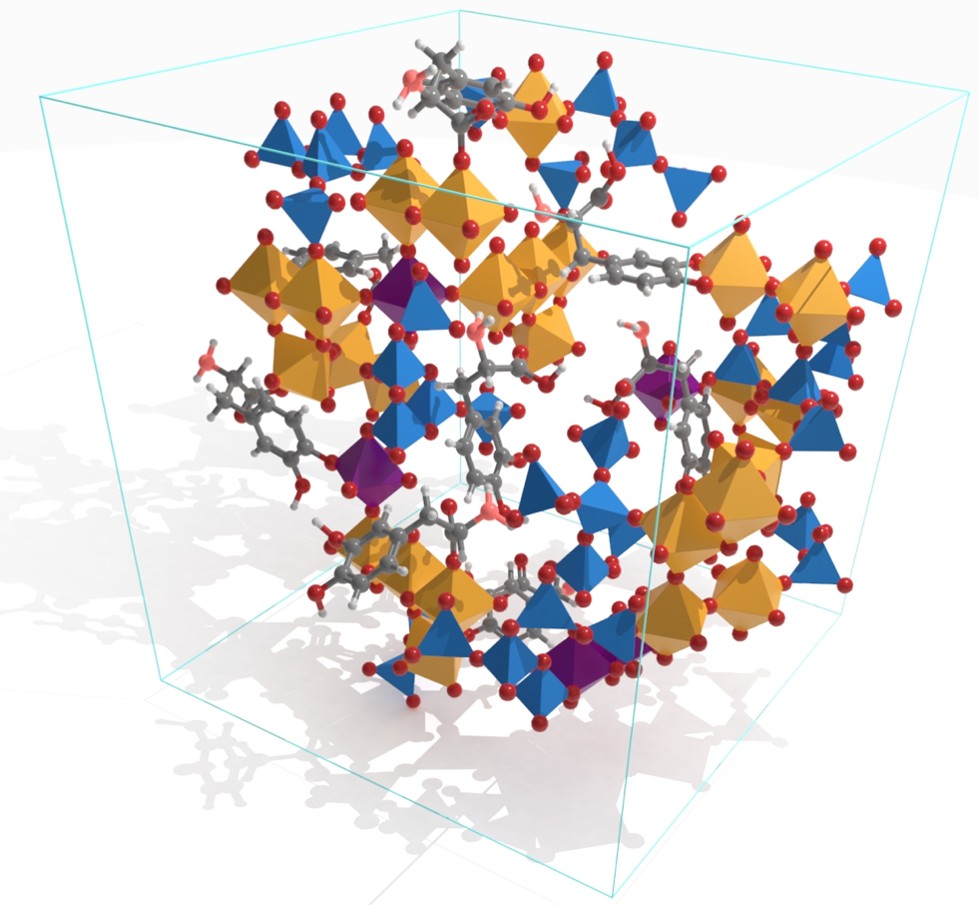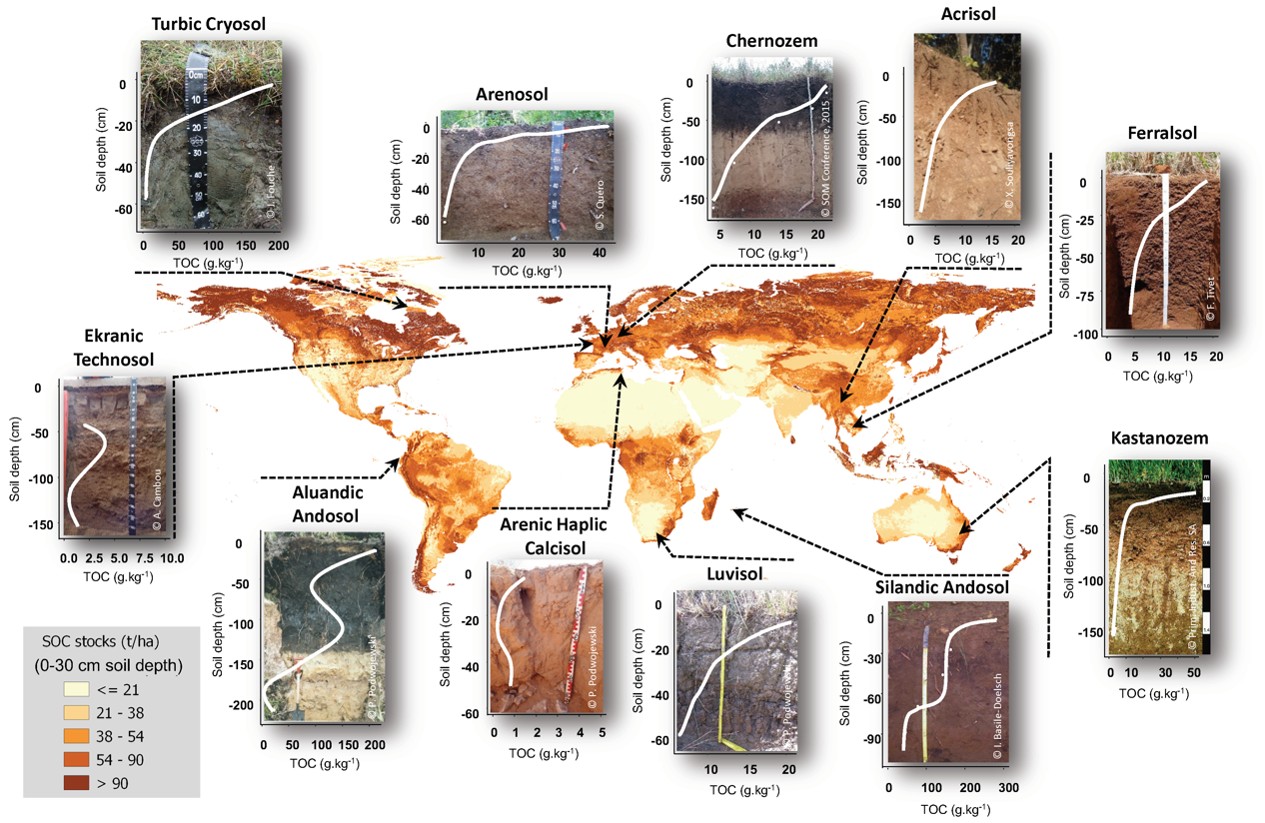Climate change and risks Reading time 8 min
Are nanoCLICS the real drivers of carbon stabilisation in the soil?
Published on 23 June 2025

The challenges of climate change have boosted research into carbon sinks and revealed the importance of soil - the largest terrestrial reservoir. Numerous studies have demonstrated the benefits of agroecological practices (such as permanent cover crop, agroforestry and hedge planting) in facilitating the entry of organic carbon into this reservoir. However, there is little research into how to stabilise the carbon in order to prevent it from re-entering the atmosphere. Isabelle Basile-Doelsch, director of research at the Research and teaching centre environmental geosciences (Cerege), believes that “our lack of understanding is linked to the inappropriate scale at which we observe the stabilisation of carbon in the soil”. Recently awarded an ERC grant, the leader of the NanoCLICS project considers that the current model explaining this stabilisation offers only a partial picture of how this stabilization actually occurs.

The European Research Council (ERC) funds exploratory research based solely on scientific excellence. It enables researchers to identify new fields of inquiry while enhancing the recognition and visibility of Europe’s brightest minds. Its ultimate goal is to build a European research landscape capable of addressing the needs of a knowledge-based society and delivering the cutting-edge science required to tackle global challenges.
Mineral matter, a shield against decomposition
Soil acts like a true processing plant: the main suppliers of organic matter are plant roots. This matter is then broken down by organisms such as earthworms, and further digested and transformed by enzymes from bacteria and fungi. Part of the resulting organic carbon is released as CO₂ through microbial respiration, while the rest remains in the soil in the form of organic molecules. Eventually, even this stored carbon makes its way back into the atmosphere, but at vastly different rates: some is gone within 24 hours, while other carbon can stay underground for more than 3,000 years before returning to the sky.

This longevity can be explained at the nanoscale. It stems from the close association between organic matter and mineral particles, which shields the organic molecules from microbial attack. This protective shield stabilises organic compounds in the soil and represents one of the pathways for long-term carbon sequestration. According to classical theory, this barrier is formed by an orderly mineral surface onto which organic molecules gradually adsorb in successive layers. The layers closest to the mineral surface are thought to be the most securely protected. “For years, I searched in volcanic soils for imogolites, beautiful, tube-shaped mineral structures coated with a layer of organic carbon. I have never found them, just as the theory has never been directly confirmed by observations in actual soil samples,” the researcher notes.
NanoCLICS, in search of a realistic version of soil organo-mineral associations

In 2019, Isabelle Basile-Doelsch developed a more realistic model as it takes into account the natural weathering of minerals in a natural environment. Her starting point is that soil contains organic matter, weathered minerals, and the products of this weathering, which are structured into oligomer - clusters made up of a few atoms of iron, silicon, aluminium, and the like. These oligomers have an irregular 3D structure that is far more reactive to organic molecules than the ordered minerals of the classical model. The geochemist named this irregular structure nanoCLICS (nanosized coprecipitates of inorganic oligomers with organics). She posits that while carbon stabilisation occurs in part through adsorption, it is the nanoCLICS that actually drive carbon dynamics in the soil. In 2023, using an observation tool developed in nanoscience, she identified nanoCLICS in soil samples rich in carbon - specifically in andosols.
Backed by €2.5 million in ERC funding, the project will aim to identify the structure of nanoCLICS in ten European soils - each time comparing a cultivated soil with a more natural one, such as forest or grassland. In the lab, a series of columns filled with artificial soil and plants will be used to monitor the formation, evolution, and disruption of nanoCLICS. Finally, a modelling effort will seek to quantify them.

In five years’ time, the results could pave the way for promising new research: if we understand nanoCLICS dynamics, could we enhance carbon sequestration in soil? Once characterized in soils, could nanoCLICS help plants to better feed themselves? And could quantifying them lead to revisions in climate change prediction models? This ERC-funded project will offer new insights into soil carbon sequestration, complementing the ones of the “4 per 1000” initiative launched by France at COP21 in 2015.
